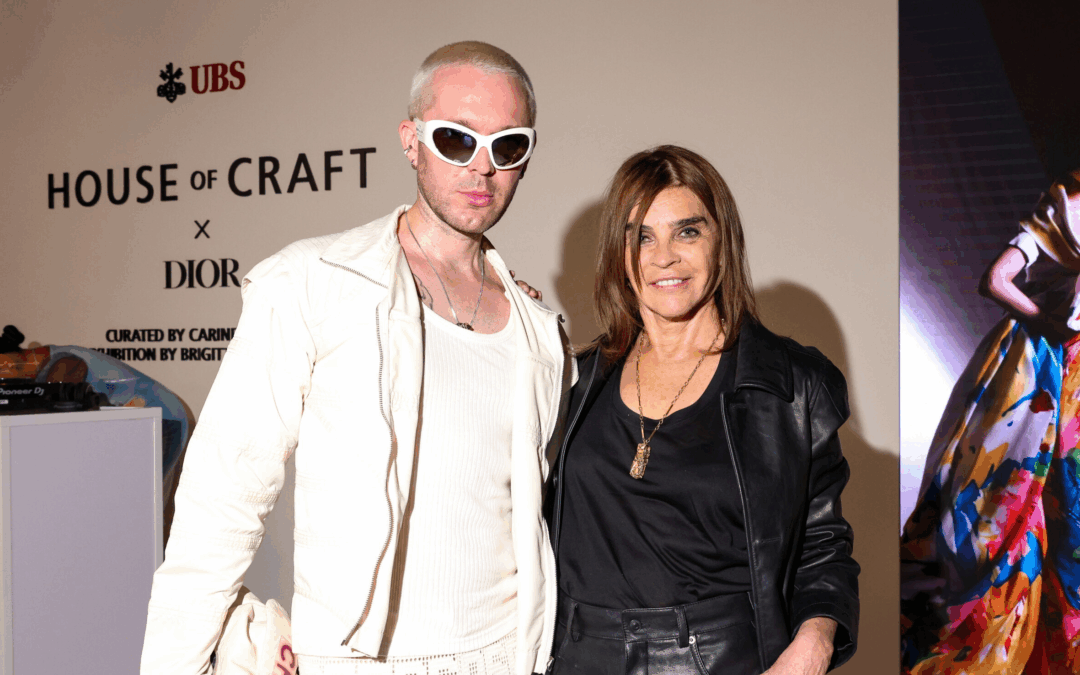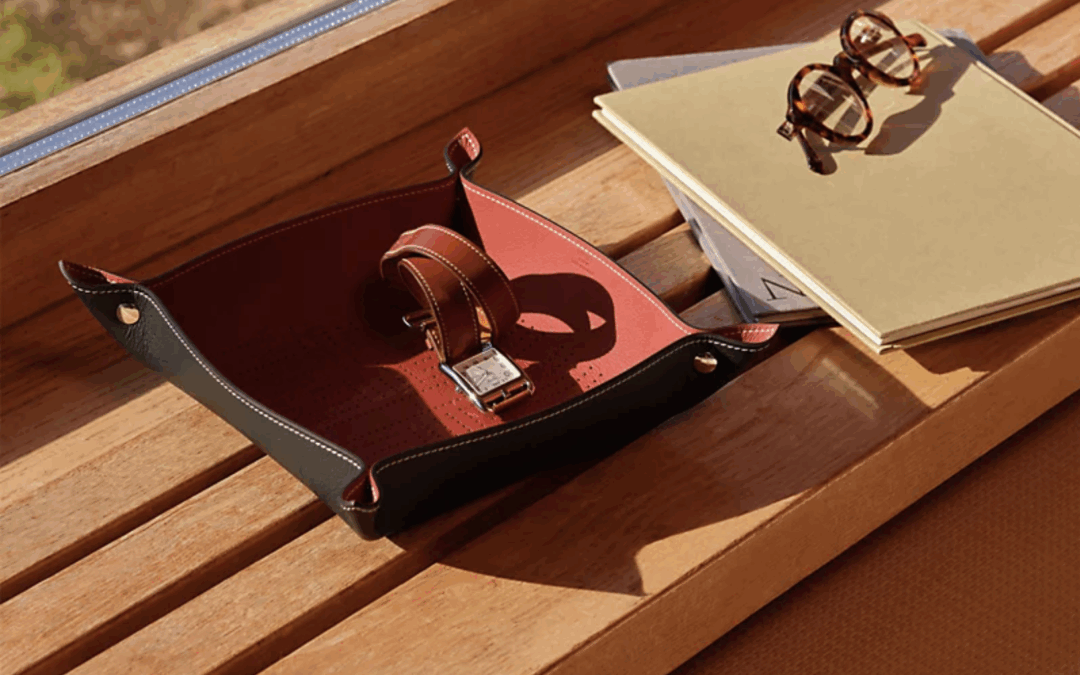
Scoop Dreams: How Designer Gelato Took Over Asia’s Luxury Streets
Luxury never lingers. It just pops.
“Pop-Up.” Quick, catchy, a little bit chaotic. But behind the whimsy lies a well-oiled machine: branded temples disguised as temporary fun, where fashion, art, and marketing blur into one glossy hallucination.Scoop Dreams: How Designer Gelato Took Over Asia's Luxury Streets
by Thea Elle | July 2, 2025 | Luxury Bags
Luxury fashion used to live behind velvet ropes, inaccessible and mysterious. Now? It’s melting into the streets. Literally. In Asia’s most style-obsessed cities, the pinnacle of chic isn’t a monogrammed handbag or a limited-edition loafer. It’s a scoop of designer gelato—served from pastel carts stamped with the same branding as your favorite runway. Seoul, Singapore, Tokyo, Shanghai: these are ground zero for a frozen revolution. Fashion’s most guarded houses are now selling mango gelato next to Maison heritage. The message is clear: luxury doesn’t just want to be worn—it wants to be tasted, posted, and devoured. It’s absurd. It’s brilliant. It’s the future of luxury branding.

Branded Bliss: 4 Ice Cream Activations That Became Iconic
This isn’t just dessert. It is fashion theater. Picture pastel carts parked in the world’s most fashionable districts, each one transformed into a mobile moodboard, dripping with heritage logos and seasonal color palettes. Every scoop is more than a treat. It is a statement. A mango gelato embossed with an FF monogram is not food. It is a status symbol melting delicately in a branded paper cup. A pistachio soft serve wrapped in Cruise-season hues is not casual. It is couture for the senses.
Across Asia’s luxury capitals, these ice cream pop-ups have become cultural moments in their own right. They are designed for the camera as much as for the palate. Each activation is meticulously styled. The carts gleam like objets d’art. Staff wear head-to-toe brand uniforms. Flavors are curated to evoke the moods of the runway. Here, luxury sheds its stiff exclusivity and becomes playful, ephemeral, and edible. It is a masterclass in micro-experiences, appearing for a brief moment and then living forever in thousands of Instagram Stories. From Seoul’s neon streets to Bangkok’s luxury malls, the branded scoop has become a passport to the algorithm’s inner circle. Here are four of the most memorable activations. Each one redefines how fashion can be tasted.

FENDI’s Roman Holiday Scoops
If FENDI were an ice cream flavor, it would be Amalfi lemon sorbet laced with pistachio cream. Bright but never brash. Playful with a side of precision. The lemon delivers a sharp burst of Mediterranean sunlight, zinging across your palate like a Vespa ride through Positano. Then comes the pistachio, mellow and velvety, a soft nod to la dolce vita evenings when the air smells faintly of sea salt and citrus blossoms. It is not an overpowering sweetness but a considered one, layered and complex—just like FENDI’s approach to luxury. This pairing was no accident. When FENDI’s saffron-yellow gelato cart materialized without warning in Seoul’s Gangnam and later reappeared in Hong Kong’s Harbour City, it was as if a slice of an Italian summer had been airlifted straight into Asia’s most fashionable streets. The cart itself was a minimalist jewel, a sunshine-hued box embossed with the iconic FF monogram, standing out like a cinematic still in a cityscape of glass and concrete. Passersby didn’t just notice it—they gathered, photographed, queued.
Each cone, wrapped in monogrammed paper with delicate gold accents, was more than a frozen snack. It became a lifestyle accessory. Influencers angled their cameras for the perfect shot, holding glossy lemon scoops against Baguette bags, pairing pistachio swirls with their pastel manicures, even coordinating their outfits to the gelato’s dreamy hues. Every bite was a tiny, melting ambassador of Roman glamour. This was FENDI’s Roman Holiday, condensed into two scoops. It was fresh and vibrant, a whisper of Italian escapism.

GUCCI’s Gelateria Dream
If GUCCI were an ice cream flavor, it would be Sicilian blood orange swirled with rosemary vanilla. Bold and unexpected, the citrus is vibrant and slightly rebellious, while the herbaceous vanilla softens it with a romantic, vintage charm. Together they feel eclectic, maximalist, and unapologetically indulgent—the perfect edible metaphor for Alessandro Michele’s GUCCI era. Tokyo’s lemon-hued “Gelateria GUCCI” brought this to life, reimagining ice cream as a fashion accessory. It was not just a pop-up. It was an installation, part gelateria, part capsule retail space. Guests queued outside, lured by rumors of flavors that tasted like an Italian summer. Sicilian blood orange, with its jewel-toned hue, seemed pulled straight from a GUCCI print scarf. Rosemary vanilla evoked lush Tuscan gardens, while pistachio offered a nod to the brand’s heritage green.
Every detail was a masterstroke of branding. The cups and napkins carried Cruise 2025’s signature palette. The staff wore pastel uniforms with subtle GG accents. Even the spoons felt collectible. With each scoop, visitors weren’t just enjoying gelato—they were stepping into a moodboard of color, texture, and taste. The activation was pure GUCCI: maximalist, sensory, and steeped in narrative. It wasn’t about buying a bag or a pair of loafers. It was about buying into a moment. A fleeting, flavorful experience designed to live forever on Instagram feeds.

This isn’t dessert. It’s a designer drop.
PRADA’s Conceptual Cone
If PRADA were an ice cream flavor, it would be black sesame blended with a hint of bergamot. The black sesame offers a deep, nutty earthiness that feels grounded yet sophisticated. The bergamot adds a quiet citrus lift, restrained and refined. Together they are cool, cerebral, and quietly luxurious—the frozen equivalent of a perfectly tailored nylon backpack or a gallery-white sneaker. In Shanghai, PRADA translated this essence into a pop-up that felt more like an art installation than a retail activation. A reflective chrome cube appeared unannounced in the atrium of a luxury mall. With no signage except a discreet PRADA logo etched into the mirror-like panels, it invited curiosity and rewarded only those willing to step closer. Passersby paused to study their own reflections, their images repeating infinitely across the polished surfaces, creating a sense of voyeurism and intrigue.
Inside, the experience was stripped to its core. There were no ornate details or over-the-top flourishes. Just a pristine counter, staff in tailored monochrome uniforms, and a soft-serve machine humming quietly in the background. Guests were handed sleek silver cups, so polished they could double as impromptu mirrors—perfect for capturing a quick selfie before the ice cream softened. The bergamot-black sesame soft serve itself was almost sculptural. Its muted tones of charcoal and pale citrus aligned seamlessly with PRADA’s minimalist aesthetic. Tasting it felt less like indulgence and more like participation in a conceptual performance. Visitors lingered, savoring not just the dessert but the rarefied sense of being part of something curated, ephemeral, and quietly iconic. This was PRADA’s luxury distilled into a single moment. No spectacle, only subtlety. A fleeting gesture of intimacy between brand and audience, sophisticated enough to linger long after the last bite.

Rose on the tongue, jasmine in the air. DIOR turned ice cream into a love letter to femininity.
DIOR’s Floral Fantasy
If DIOR were an ice cream flavor, it would be rose and jasmine gelato with a whisper of bergamot. Soft, romantic, and impossibly elegant, it would taste like a walk through the Tuileries Garden at golden hour. The floral notes are delicate yet unmistakable, an olfactory echo of the Miss DIOR perfume, now made edible. This is not a dessert for indulgence. It is one for reverie. In Bangkok, DIOR turned this vision into reality with a blush-pink pop-up cart stationed outside one of the city’s most exclusive malls. Embossed bows adorned the cart’s canopy. The staff, dressed in pristine white uniforms with subtle CD monograms, handed out gelato in pale pink cups tied with ribbons. Every detail felt intentional, a love letter to femininity.
The flavors were ethereal. Rose gelato bloomed on the tongue, light and fragrant, while jasmine offered a creamy counterpoint with a hint of exotic warmth. Together they felt less like food and more like couture you could taste. Each scoop was a multisensory experience, the transition from fragrance to flavor blurring the line between beauty and indulgence. Customers lingered for photos, holding cones against the backdrop of DIOR’s softly glowing signage, their Stories captioned with tiny pink hearts and “Miss DIOR moments.” For a few fleeting minutes, eating ice cream became a ritual of romance. This was not just a marketing activation. It was a perfume ad come to life, where the narrative of luxury unfolded in melting, floral swirls.

The ice cream melts. The cart rolls away. But the Instagram likes? Those stay.
The Power of the Disposable Luxury Moment
What makes these pop-ups so irresistible? It is their transience. Here one day and gone the next, they leave behind only a trail of Instagram posts, saved Stories, and a ripple of digital envy. This fleeting quality is not a limitation; it is the very essence of their allure. In the age of endless scrolling, luxury has learned that scarcity no longer depends on decades-long waitlists or invitation-only soirées. Today, it can take the form of a pastel gelato cart that vanishes at sunset or a chrome cube that melts into memory the moment you walk away. These activations are designed to create urgency. They turn a casual passerby into a participant and a participant into a digital storyteller. To miss the moment is to miss the chance to belong. Each brand has crafted its own flavor of exclusivity. FENDI’s Amalfi lemon gelato, tart and sunny, disappears like a Roman summer, leaving only a citrus brightness in its wake. GUCCI’s rosemary vanilla, complex yet comforting, evokes a Sicilian evening that fades too quickly. DIOR’s rose and jasmine swirl dissolves on the tongue, as delicate and ephemeral as a fresh bouquet. PRADA’s black sesame and bergamot soft serve, quiet and cerebral, lingers like a half-remembered dream.
An eight-dollar scoop becomes more than dessert. It is a limited-edition status symbol, a location-specific indulgence designed with precision. Every monogrammed cup, every pastel cone, every curated uniform anticipates the camera lens and the viral moment. This is luxury recalibrated for the age of impermanence. The gelato does not simply taste good; it confers cultural currency. To hold it is to signal that you were there, that you are fluent in the language of contemporary desire. For a generation raised on fleeting content, the value lies not in ownership but in participation and performance. The ice cream melts. The cart rolls away. But the impression remains—in the feed, in the memory, and in the subtle pull back to the brand that offered that fleeting taste of intimacy.
From Feed to Feel: Why It Works
These carts are not hidden away behind boutique doors. They stand boldly on sidewalks, in sunlit atriums, and among the food courts of luxury malls. They do not demand commitment or exclusivity. They ask only for a moment of curiosity and, perhaps, the perfect photograph.
This is branding transformed into seduction. Not a hard sell, but a soft invitation. A wink. A swirl. A fleeting bite of luxury that feels personal and performative at the same time.
Asia’s Luxury Future Is Melting and Delicious
In a region where luxury once meant hushed tones and invitation-only lounges, crowds now gather under open skies for logo-stamped cones and pastel-colored cups. The velvet rope has given way to a queue of phones raised for the perfect shot.
Gelato distills the essence of modern luxury: joyful, shareable, and deliciously ephemeral. You do not wear it; you consume it. You do not keep it; you remember it.
It is sweet, yes, but also strategic. This is luxury designed for the algorithm, where the experience is the product and the memory is the purchase. Judging by the lines, the posts, and the cultural momentum, this trend is not melting away any time soon.












